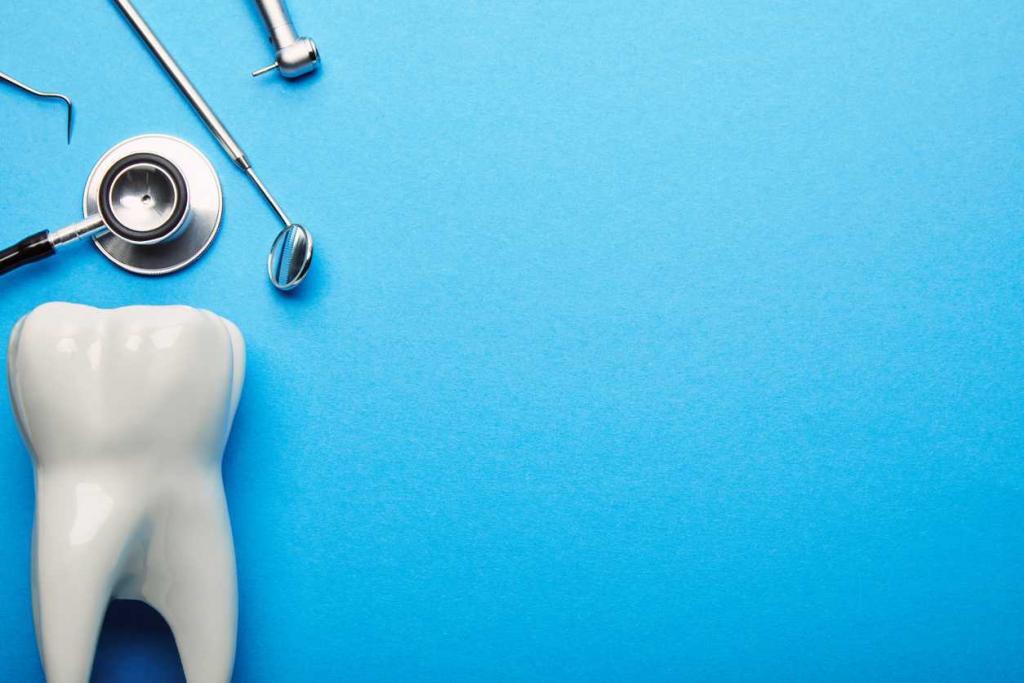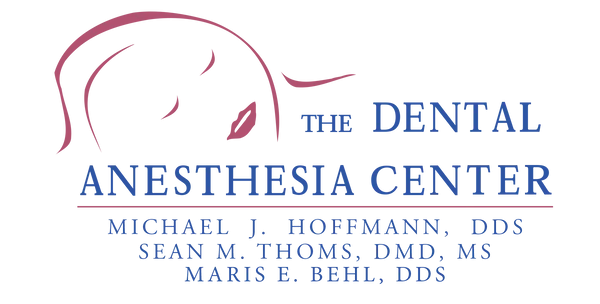Bone grafting is a complex surgical procedure used to replace missing bone tissue and encourage it to heal.
Here’s what you need to know about it how sedation dentistry can help.

When Is Bone Grafting Recommended in Dentistry?
If you need a tooth replacement, the dentist must insert the implant in your jaw bone, fixing the tooth in your bone and ensuring that it is as close as possible to a healthy one and that it maintains its function. More often than not, the jaw bone is already affected by tooth loss. It may start receding and getting more and weaker because of the infections and trauma. In these cases, a bone graft may be necessary to recover the jaw tissue and provide the necessary support for the implant.
There are several scenarios where a dental bone graft may be deemed necessary. For instance, patients who have suffered facial injuries may require a bone graft to aid in the healing process and preserve the structural integrity of the area. Additionally, individuals with congenital jaw bone disorders may also benefit significantly from a bone graft, as it can provide an ideal solution to their condition. With the skilled expertise of a surgeon, a bone graft can be seamlessly incorporated to ensure optimal healing and maintenance of functionality.
The Process of Getting a Dental Bone Graft
When considering getting a dental bone graft, it’s important to understand that it is a complex process that involves several steps. The process generally includes:
- Evaluation and Diagnosis: Your dentist or oral surgeon will evaluate your teeth, gums, and jawbone to determine if a bone graft is necessary. They may use X-rays, CT scans, or other diagnostic imaging techniques to evaluate the extent of bone loss and determine the size and shape of the gap that needs to be filled.
- Preparation: If you are a candidate for a bone graft, you will need to prepare for the procedure. This may involve avoiding certain medications, fasting before the procedure, and arranging for someone to drive you home after the surgery.
- Procedure: The actual bone graft procedure involves making a small incision in the gums and placing bone tissue in the area that needs treatment. Once the bone tissue is in place, it will be held in position with special membranes that dissolve over time. The bone tissue may come from your own body or a donor.
- Recovery: After the bone graft procedure, you will need to take antibiotics, avoid putting pressure on the treated area, and manage any pain or discomfort with medication. You may need a soft diet for several days or weeks while the bone heals.
- Follow-up Care: Your dentist or oral surgeon will monitor your progress and schedule follow-up appointments to check the healing process. Once the bone has fully healed, you can move on to the next step of your dental treatment plan, such as getting dental implants or a bridge.
Getting a dental bone graft is a multi-step process that requires careful planning, preparation, and aftercare to ensure a successful outcome.
What Is the Role of Sedation in Dental Bone Grafting?
A dental bone graft procedure is a complex operation, even if your problem is not very serious. Because of that and the invasive nature of the operation, sedation is mandatory. Your St. Louis sedation dentist will opt for IV sedation or general anesthesia to numb you and help you go through the operation. Your doctor will choose the least invasive sedation form needed for your operation.
Sedation can play an essential role in dental bone grafting by helping patients to remain calm and comfortable during the procedure. Depending on the patient’s needs and preferences, several different types of sedation may be used during a bone grafting procedure.
Local anesthesia is typically used to numb the area around the graft site, which can help to minimize pain and discomfort during the procedure. In some cases, patients may also receive intravenous (IV) sedation or oral sedation to help them relax and feel more comfortable during the procedure.
Oral sedation involves taking medication in pill form before the procedure to help patients feel more relaxed and calm. IV sedation involves administering medications directly into a patient’s bloodstream through an IV line. This type of sedation can help patients to feel relaxed and drowsy and may even cause them to fall asleep during the procedure.
In addition to helping patients feel more comfortable during the procedure, sedation can also help to reduce anxiety and fear related to the procedure, which can be especially helpful for patients who are nervous about dental procedures or have dental phobia. By reducing anxiety and discomfort, sedation can help patients have a more positive experience during the bone grafting procedure, ultimately leading to better treatment outcomes.
It’s crucial to discuss sedation options with your dentist or oral surgeon before the procedure to make an informed decision about which type of sedation is right for you. They can provide information about the benefits and risks of different types of sedation and any precautions or guidelines you may need to follow before and after the procedure.
Contact a St. Louis Sedation Dentist
A dental bone graft operation is not the easiest procedure to go through, but it leads to better oral health, and it solves many serious issues. The complications that can come from a weakened jawbone will be worse than the recovery process you go through after a bone graft.
To speak with an experienced sedation dentist at The Dental Anesthesia Center call (314) 862-7844.

